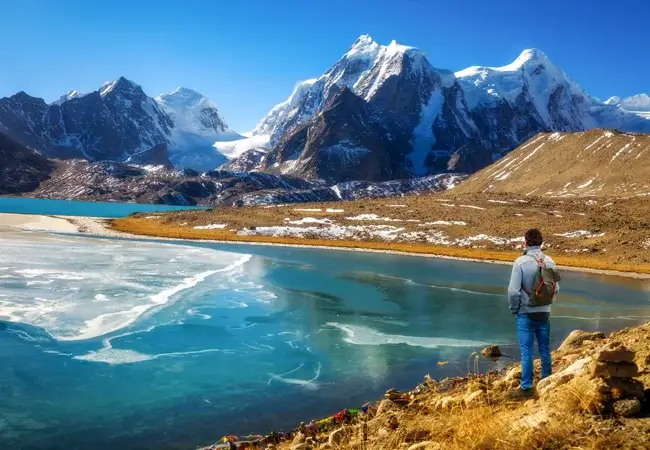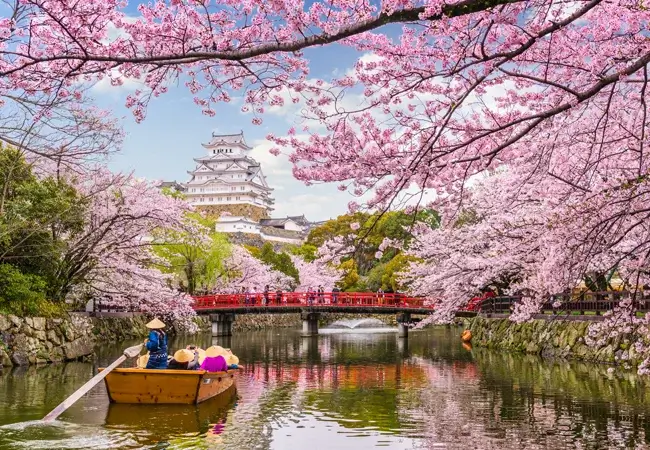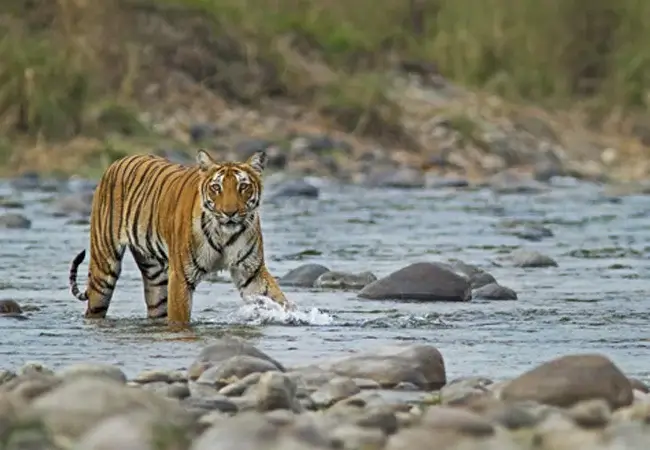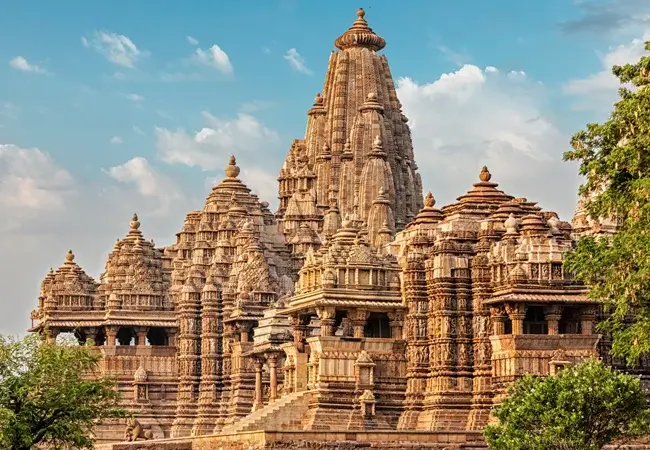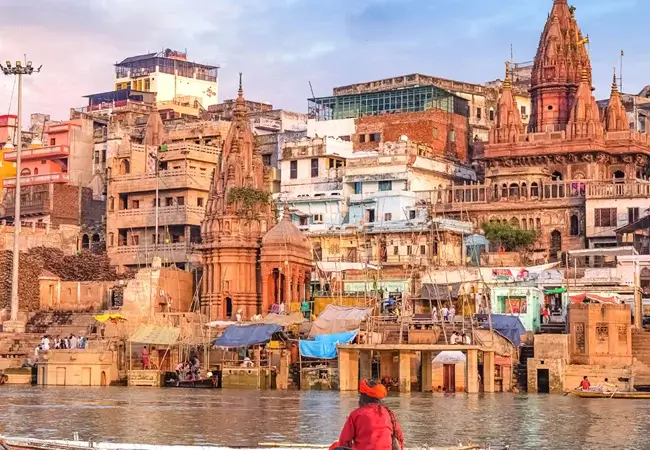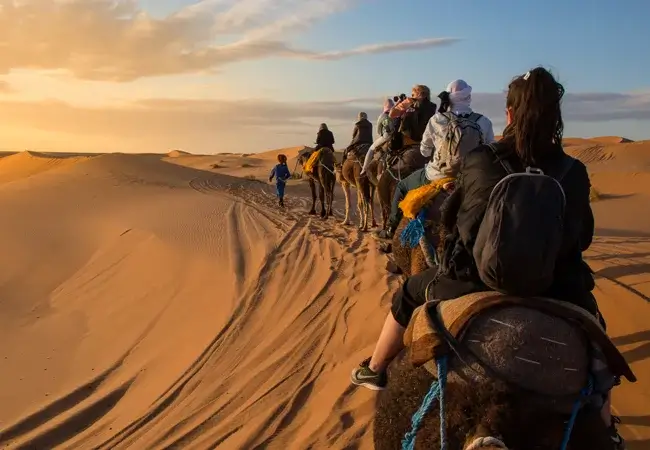Leh Ladakh, known as the Land of High Passes, is a dream destination for travelers seeking breathtaking landscapes, thrilling adventures, and spiritual serenity. From the crystal-clear waters of Pangong Lake to the majestic Nubra Valley, every corner of Ladakh offers an experience like no other.
At Safaar, we offer the best Leh Ladakh tour packages, ensuring a hassle-free travel experience with expert guides, comfortable stays, and seamless transportation. Whether you’re an adventure enthusiast, a honeymoon couple, or a nature lover, our customizable Ladakh holiday packages are designed to make your trip unforgettable.
The old town of Leh had made it to the World Monuments Fund’s list of 100 most endangered sites because of heavy rainfall as a consequence of climate change as well as other associated reasons. Due to the increase in settlement pattern changes within the old town, the long-term preservation of this unique site has been threatened heavily.
One of the main reasons behind this threat is the rapid and poorly planned urbanization of Leh. Hence, the rate of natural calamities has increased tremendously such as the occurrence of flash floods in unwanted areas while other areas suffer from invisible disasters according to the Climate and Development Knowledge Network.
Some of the top tourist attractions of Leh are as follows:
-
Leh Palace:
People also call it Lachen Palkar Palace (constructed in 1600 by Sengge Namgyal). However, it was abandoned later on due to the Dogra forces that took control of Ladakh in the mid-19th century. Hence, the royals then moved to Stok Palace. The palace comprises a museum that holds a rich collection of jewelry, ornaments, ceremonial dresses as well as crowns. Thus, tourists who are interested in the royal lifestyle can visit this palace. -
Namgyal Tsemo Monastery or Gompa:
It is a Buddhist monastery that was founded by King Tashi Namgyal. This monastery comprises a three-story high statue of Maitreya Buddha and ancient manuscripts and frescoes. -
Shanti Stupa, Ladakh:
It is a Buddhist white-domed Chorten on a hilltop that was built by a Japanese Buddhist, Gymoyo Nakamura. This is one of the most popular tourist attractions of Leh not only due to its religious significance but for the panoramic view, it provides to its tourists of the surrounding landscape.
Also known as Dumra, this valley has huge historic importance that was open for tourists up to Hunder until 2010. Hunder is known as the land of sand dunes. There is a village in Nubra Valley called Turtuk that remained unseen for tourists till the year 2010 because the tribal community of Ladakh inhabiting Turtuk was not comfortable with making their region a tourist spot. However, it is now accessible for tourists and offers a mesmerizing view with camping sites and also has an environmental friendly infrastructure. Thus, tourists who want to rush their adrenaline hormones can try out camping in Turtuk village and interact with the innocent and simple-minded villagers.

Standing at an elevation of approximately 4,225 m, Pangong Tso or Pangong Lake is considered to be an endorheic lake that is 134 km long and also divided into five sub-lakes. The divisions are Pangong Tso, Tso Nyak, Rum Tso (twin lakes), and Nyak Tso. Interestingly, this lake has 50% in Tibet, 40% in Ladakh in India, and the rest 10% is a disrupted buffer zone between India and China. Though the water present in the lake is saline, it converts into ice completely during the winter season.
Tourists with a desire to witness the beauty of this lake need to obtain an Inner Line Permit on the Indian side. However, the Indian Government does not give a permit for boating due to security reasons. Besides, it is compulsory for tourists to be accompanied by an accredited guide while visiting Pangong Lake.

It is also known as the Zanskar Gorge Trek. This trek is considered to be the only means of transport in the area when the harsh winter accompanied by heavy snowfall prevails in Ladakh. People who are fond of adventure and like to experiment with new and challenging things must visit Chadar Trek for an unforgettable experience. Hence, this region has been popular by late, particularly among the tourists who travel from abroad to Ladakh.

It is a gravity hill located near Leh and is famous across the country for its surrounding slopes that are known to create the optical illusion of a hill. Tourists visit this place only to witness this optical illusion of the hill road that is actually a downhill road in real.

It is a mountain pass that forms the connecting link between the Indus river Valley and the Shyok river valley. Moreover, it also serves as the gateway to the Nubra Valley which ultimately leads to the Siachen Glacier. There is a motorable road built through the pass in year 1976 and became accessible to public motor vehicles in 1988. Now, this road is being maintained under the supervision of the Border Roads Organisation. This pass holds significant importance because this pass is helpful in carrying supplies to the Siachen Glacier. Also, Khardung La Pass holds the record of being the World’s highest motorable road.

This museum is located at a distance of approximately 4 km from the main district of Leh and falls by the side of Leh-Kargil Road. The Hall of Fame museum was constructed in memory of the brave soldiers who lost their lives while fighting to protect the pride of our nation during the Indo-Pakistan war. This museum remains under the supervision of the Indian Army and showcases the arms and ammunition used by the Pakistani Army along with the pictures and biographies of our brave soldiers. There is a section of this museum that displays the Siachen area, along with apparel and amenities used by the Indian Army here.
Besides belongings related to the Indo-Pakistan war and Indian soldiers, the Hall of Fame museum also comprises items that are associated with Ladakhi culture, tradition, history, vegetation as well as wildlife with rich species of flora and fauna.
- The most popular dish of Ladakh is undoubtedly Momo. It is a dumpling filled with meat or vegetable wrapped in dough. These dumplings are either steamed or fried and served with dipping sauce.
- Another popular dish is Thukpa, which is also considered to be the staple food of people of Ladakh. Basically, it is a soupy noodle dish decorated with assorted vegetables or minced meat according to the preference of the customers. It has occupied almost every restaurant of Leh at a very affordable prize.
- Another mouth-watering dishes include Skyu, Chhutagi, Tingmo, Chhurpe (dried yak cheese), Butter tea, and Chhang.
✅ All-Inclusive Trips – WAccommodation, meals, permits, sightseeing & transport covered.
✅ Best Price Guarantee – Affordable tour packages with no hidden charges.
✅ Expert-Guided Travel – Experienced local guides for a smooth journey.
✅ Customizable Itineraries – Tailor-made Ladakh tour plans as per your preference.
✅ Hassle-Free Permits – We handle all necessary permits for restricted areas.
The best time to visit Leh Ladakh is from May to September, when the roads are accessible, and the weather is pleasant. Winters (October to March) offer a unique experience with snow-covered landscapes and the famous Chadar Trek on the frozen Zanskar River.
📞 Call/WhatsApp: +91-9049441114 / +91-9049551114
🌍 Visit Our Website & Book Now: contact@safaar.in
✅ Best Prices | Expert Planning | Hassle-Free Experience
Book your dream Ladakh trip today and explore the Himalayas like never before!






